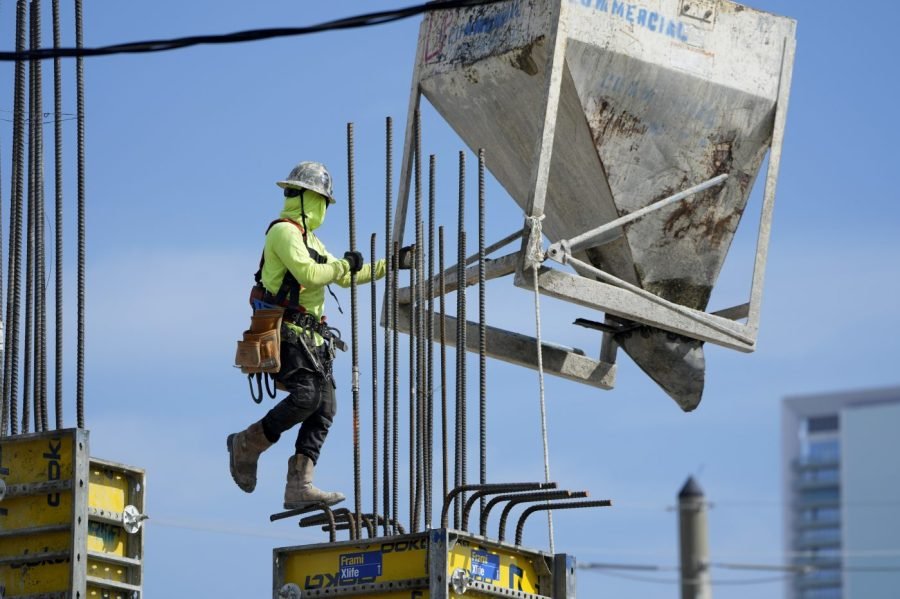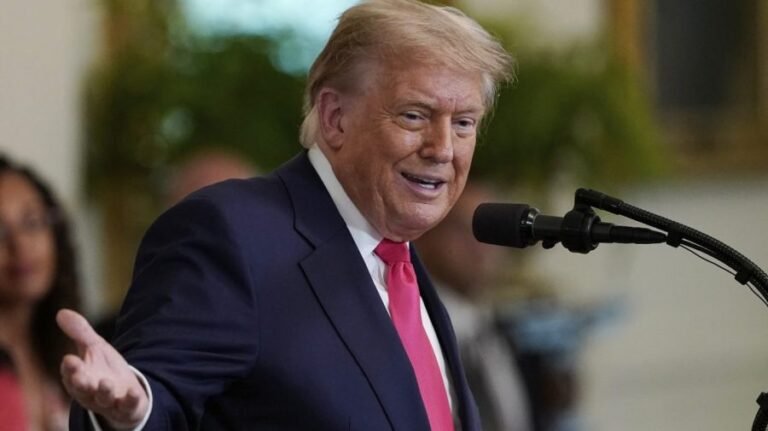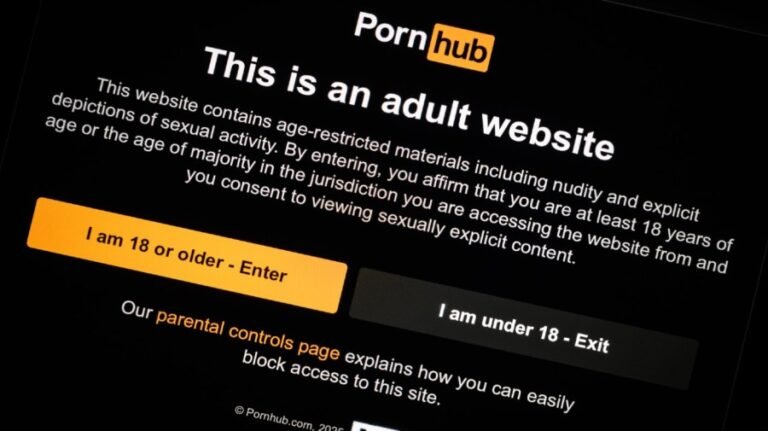
First-quarter gross domestic product (GDP) growth was revised lower Thursday in light of reduced consumer spending, surprising economists.
GDP contracted by 0.5 percent on an annualized basis, 0.3 percentage points lower than the last measurement from the Commerce Department.
Economists were expecting the number to stay the same at a 0.2-percent contraction.
GDP shrunk in the first quarter mostly because of lower consumer spending and a pull-forward in imports ahead of President Trump’s tariffs. Imports are a subtraction in the GDP calculation, which also includes investment, public expenditure and exports.
Thursday’s downward revision reflected lower consumer spending, mostly in recreation and transportation.
Together with private investment, first-quarter spending was 0.6 percentage point lower than the previous estimate.
The Federal Reserve, along with other forecasters, has reduced its U.S. growth outlook for this year. The June projection was for growth of 1.4 percent for 2025, down from a 1.7-percent forecast made in March. The World Bank is also predicting 1.4-percent growth for the U.S. this year.
Despite the lower estimates, the Fed is in wait-and-see mode on interest rate cuts, which would stimulate growth by making bank lending cheaper to businesses.
The Fed is concerned that lowering rates would allow prices to rise, which are already expected to receive upward pressure from the new tariffs.
Fed Chair Jerome Powell stuck by his guns this week in front of Congress.
“For the time being, we are well positioned to wait to learn more about the likely course of the economy before considering any adjustments to our policy stance,” Powell told the House banking committee.
Specifically, the Fed wants to see where within different value chains the cost of the tariffs is going to be borne. It could show up in consumer prices, driving inflation, or it could be taken out of margins at various points in the chain.
It could also simply reduce demand for various products, altering production schedules. Powell has said he wants to know where specifically the tariffs are hitting before he makes a move on rates.
This hesitation has incurred the wrath of President Trump, who wants to see the economy stimulated. Trump has also expressed concerns about the effects of higher rates on the public debt. Lower rates would make the public debt cheaper to pay off over time.
“‘Too Late’ Jerome Powell, of the Fed, will be in Congress today in order to explain, among other things, why he is refusing to lower the Rate. Europe has had 10 cuts, we have had ZERO,” Trump wrote on Truth Social earlier this week.
“No inflation, great economy – We should be at least two to three points lower. Would save the USA 800 Billion Dollars Per Year, plus. What a difference this would make,” he wrote.
Inflation in the consumer price index ticked up in its last reading to a 2.4-percent annual increase from 2.3 percent.


